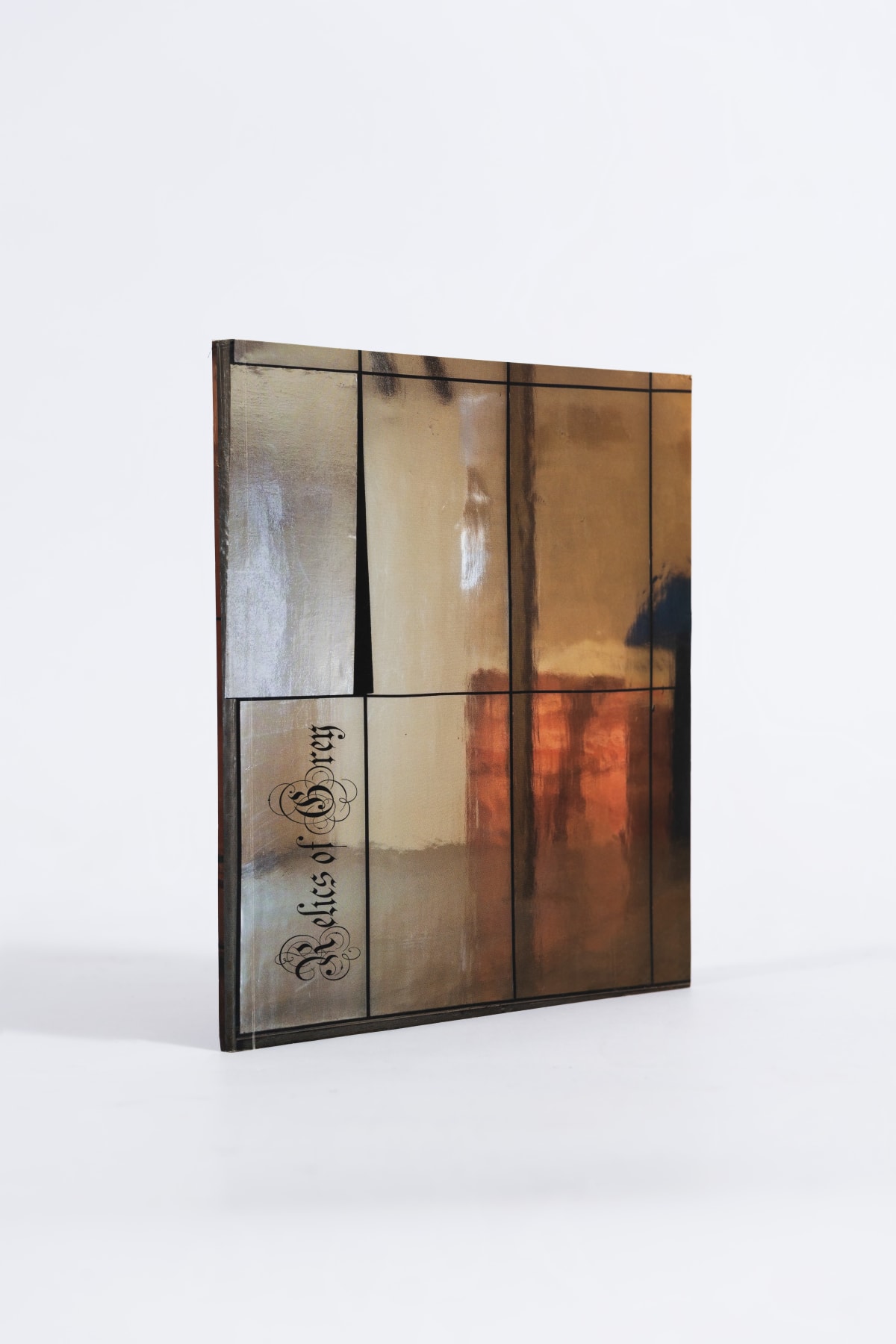Relics of Grey: Archana Hande
Archana Hande’s artwork and creative practice has always extended into diverse modes, venues, concerns and forms. She has with ease slipped into the intersecting roles of activist, facilitator, interventionist, and maker all wrapped into one. Her interests have led her to draw upon a variety of resources, her projects having often taken-on an involved collaborative spirit. In her current exhibition at Chemould Prescott Road, Hande presents her year-and-a-half long project that culminated in the production of 3 large sculptural installations – White Town, Black Town & Grey Town.
Her research took her to historic landmarks that have been officially re-named, in attempts to politically erase the significance of colonial architecture in India’s cultural imagination. Shivaji, for instance, who is commemorated in the new name for the Victoria Terminus in Bombay, can stake little claim over the aesthetic sensibilities and imposing aura of the building. Mimicking architectural façades from different eras, the installations are created using materials like cloth, linoleum, stickers and packing materials. Doorways in the facades lead into inviting back rooms housed with objects, videos, sound, drawing or collage; the faux decor suggesting references to specific urban communities and issues.
In White Town: Victoria House, she draws attention to the re-naming of the VT Station. To create the façade she employed the skills of the street-side billboard painters from around the VT area, who are quickly loosing their livelihood to digital print technology. The videos works with the piece, delve into the emotional and psychological aspects of being displaced off status and privilege, a reality experienced by members of several classes and minority communities with the dawn of Independence. These groups, having emerged as a result of foreign contact and colonial policies imbibed particular socio-cultural attitudes and codes of conduct. In Grey Town she evokes aspects of an earlier interactive performance-installation, in-which she played the character of a Hindu woman influenced by Western libratory ideals, who attempts to illegally claim a share of her adopted family’s property. The performance had lasted several days and metaphorically raised micro and macro questions related to rights to property claim. Black Town further deals with issues of migration and displacement.
The project was initiated as an investigation into the cultural, social and political attitudes of people in the four port cities & commercial hubs of Madras, Calcutta, Bombay and Mangalore. For centuries these were the main points of entry into India for sea-faring explorers, traders and invaders alike. She began her research with what was most personal: childhood memories, stories and photo-albums from her ancestral family home in Mangalore, that of a severely orthodox Brahmin family. From this place of intense social-political-familial critique she continued to probe and unearth narratives of different castes, classes, communities, and professions. She conducted video interviews with members from the Anglo-Indian, the Parsee, and the Portuguese-Manglorian minority communities, which she used to create mini-mock documentaries, news reports, or TV entertainment shows. In one section, a migrant Chinese hairdresser talks to her about style in the 60s, while in another the members of a Country Club talk about a Raj-leftover culture of luxury and exclusivity, which continues to be practiced in relation to dress codes or gendered rights to club membership.
The issues of displacement, rights to property, and discrimination based on notions of purity & pollution, aggravated in contemporary times by the politician & multi-corporate nexus, are some of the broad issues that Hande’s exhibition, B & W = Grey, deals with. In the midst of our everyday insecurities – basic claims to food, water, shelter and livelihood – asks Hande, how do we maintain a culturally enriched life of dignity & empathy?






